Fast Charging: A Guide to Quick Power for Your Devices
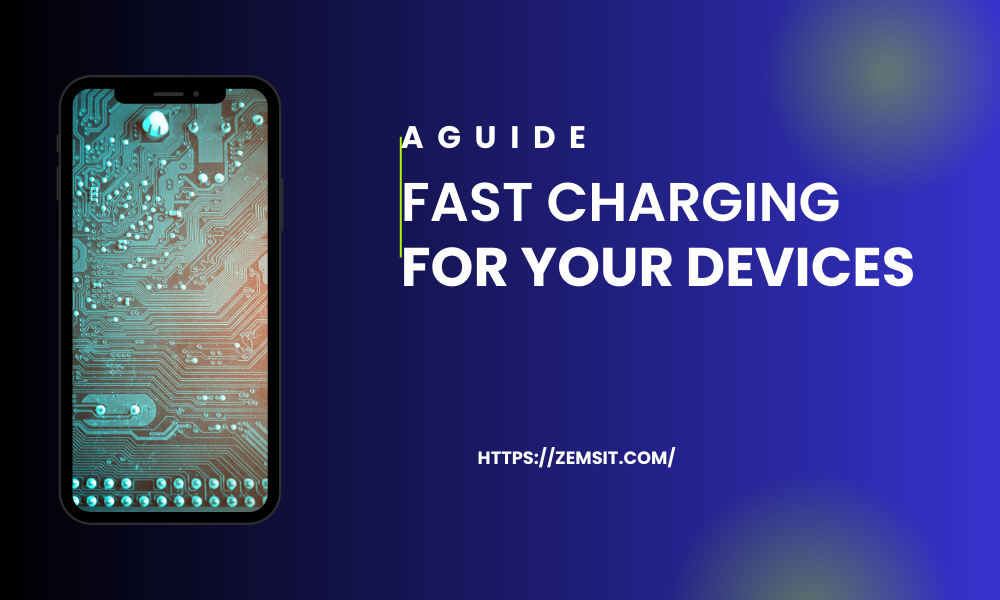
Because technology is so present today, being connected is required. We now rely on smartphones, laptops and tablets more than ever in our lives. In addition, people want their devices to charge quickly, so companies have created fast charging methods. But what does fast charging mean and does it really deserve all the attention it gets? We will check out quick charging, seeing how it works, what it offers and what you should know to use it well.
What Is Fast Charging and How Does It Work?
With fast charging, the battery on your phone is charged in much less time than before. Two important aspects in the process are voltage which is measured in volts and current, measured in amperes. Using the formula, they determine the power that the system will deliver.
Power (W) = Voltage (V) × Current (A)
For example, most chargers give out 5 watts or 5 volts at 1 amperage. Unlike a slow charger, a fast charger may offer up to 30 watts by either stepping up the voltage or increasing the current. Fast charging goes through two stages.
Rapid Charging Phase: The charger delivers maximum power for the first part of the charge, driving the battery up to approximately 50-70% full.
Trickle Charging Phase: Once the battery is almost full, power delivery goes down to prevent heat and save the battery’s life.
Because of this balance, fast charging will be both safe and effective on your device.
Upgrade your tech game with premium products and expert services at our trusted computer store Dubai location.
Why Is Fast Charging Important?
Imagine your phone dying at a crucial moment, such as close to your meeting or when you’re on the commute. Fast chargers get your device ready in no time, which means you can remain connected whenever you need to be.
Comfortable living can, in fact, be energy-efficient. Less “grid time” for charging means using less electricity, which is becoming very important in today’s focus on sustainable changes.
How to Identify a Fast Charger?
You need to find a real fast charger to get the best results and avoid risks. There are a number of ways you can figure out a greenwashing claim.
- Power Output: 18 watts is the minimum power output you should get from a fast charger. Units providing 30W or 65W can be found for smartphones that use a lot of power.
- Supported Protocols: Make sure the charger can fast charge, as it needs to be compatible with your device. Well-known protocols are USB Power Delivery (USB PD), Qualcomm Quick Charge and VOOC.
- Certification: When buying a charger, make sure it is certified under “Fast Charge Certified” or “USB-IF Certified.” The labels make sure the charger is safe and of high quality.
Find top-quality computer accessories in Dubai, including keyboards, mice, and more, for all your tech needs.
Fast Charging Standards Explained
There are many fast-charging standards in the market and every one brings something unique.
| Standard | Description | Max Power |
| USB Power Delivery (PD) | A universal standard supporting multiple devices, including laptops and smartphones. | Up to 100W |
| Qualcomm Quick Charge | Commonly used in Android devices with Snapdragon processors. | Up to 36W |
| VOOC/Warp Charge | Proprietary technologies from Oppo and OnePlus focus on high speed with minimal heat. | Up to 65W |
| SuperFast Charging | Samsung’s fast charging solution for Galaxy devices. | Up to 45W |
You need to know which charging protocol your device can use to enjoy the best results while charging.
Pros and Cons of Fast Charging
Whilst rapid charging provides many benefits, it is not free from problems.
Advantages
- With rapid charging, your device remains active for less time.
- Great for days when you are delayed or facing an emergency.
- Uses USB PD, which lets it be used on various devices.
Disadvantages
- If caught using your phone a lot, it could impact the battery’s ability to hold a charge.
- Certain fast chargers are more expensive than regular models.
- You may encounter problems when connecting accessories that have not been certified.
Stay ahead in the gaming world by comparing gaming laptop prices in Dubai, ensuring you get the best performance within your budget.
Safety Concerns and Maintenance Tips
Improved safety features have been added to fast charging to avoid both overcharging and overheating. Chargers and devices today are designed to talk continuously so they can adjust the amount of power delivered to remain safe. Still, using fast charging too often can shorten the life of the battery gradually. Use these guidelines to care for your battery’s health:
- Fast charge your phone only when you really need to.
- It’s best to charge your phone until it reaches about 80% instead of waiting for it to be fully charged, since this lets your battery last longer.
- Get your chargers and cables from recognised brands.
The Future of Fast Charging Technology
Fast charging looks set to bring many interesting possibilities. New advances in wireless fast charging are even more convenient and still fast. Meanwhile, as we move to greener energy, using fast chargers is becoming good for both the climate and those who use them.
A few manufacturers are now looking into very rapid charging, which can charge your device in minutes. They are likely to change the way we use electronic devices, making things both more convenient and efficient.
Shop for the best PC components in Dubai, featuring trusted brands and the latest technology to enhance your system’s performance.
Conclusion
Since we live in a busy world, fast charging has gone from luxurious to necessary for many. Making sure power reaches us quickly and efficiently allows us to stay in touch, get things done and face new situations. Even so, learning the details of compatibility, standards and maintenance is crucial to utilise wireless technology well.
Updating your charging options or learning about new inventions, fast charging isn’t going anywhere. Make the right decision and you’ll get to experience modern charging.
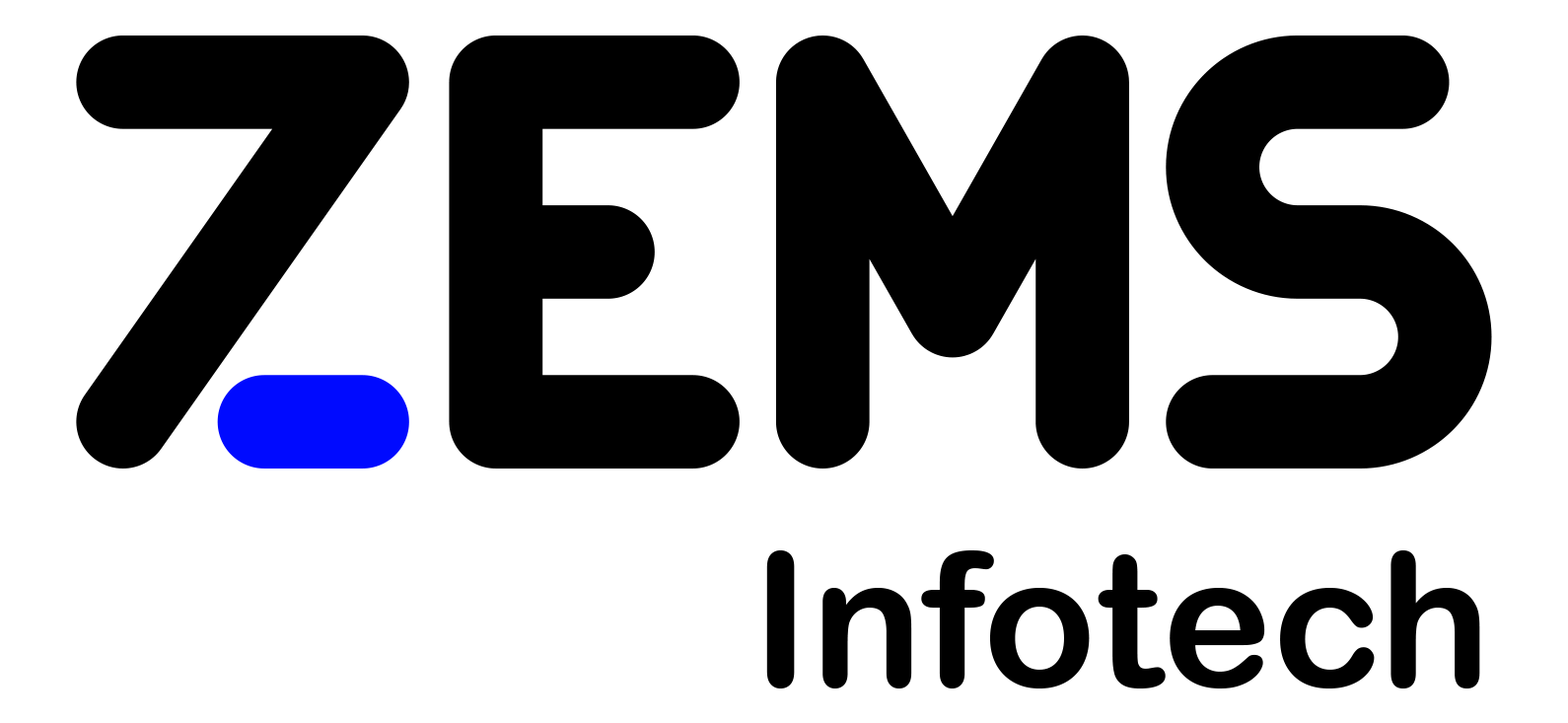

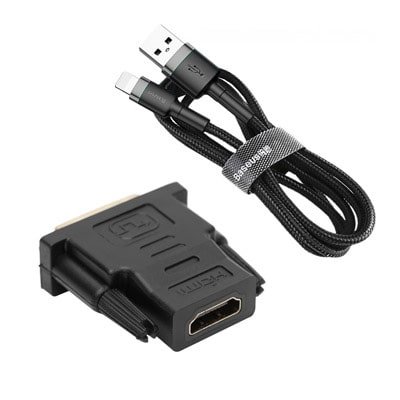 Cables
Cables Card Reader
Card Reader CD and DVDs
CD and DVDs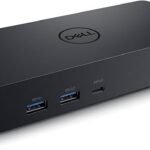 Docking Station
Docking Station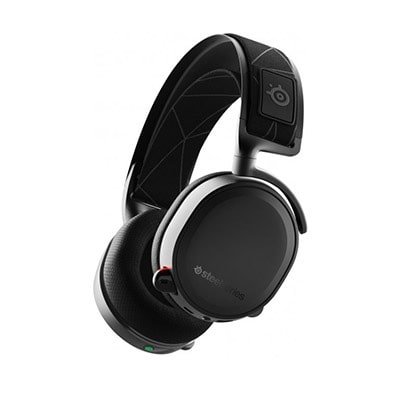 Headphones
Headphones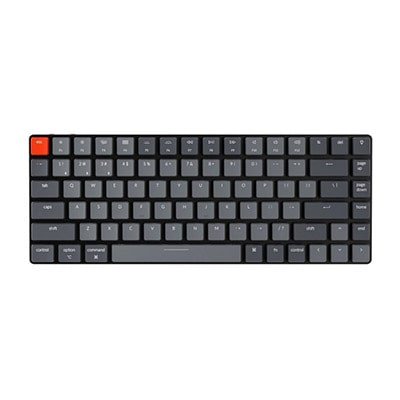 Keyboard
Keyboard Laptop Bags
Laptop Bags Mouse
Mouse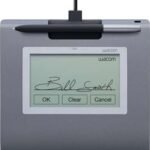 Signature Pad
Signature Pad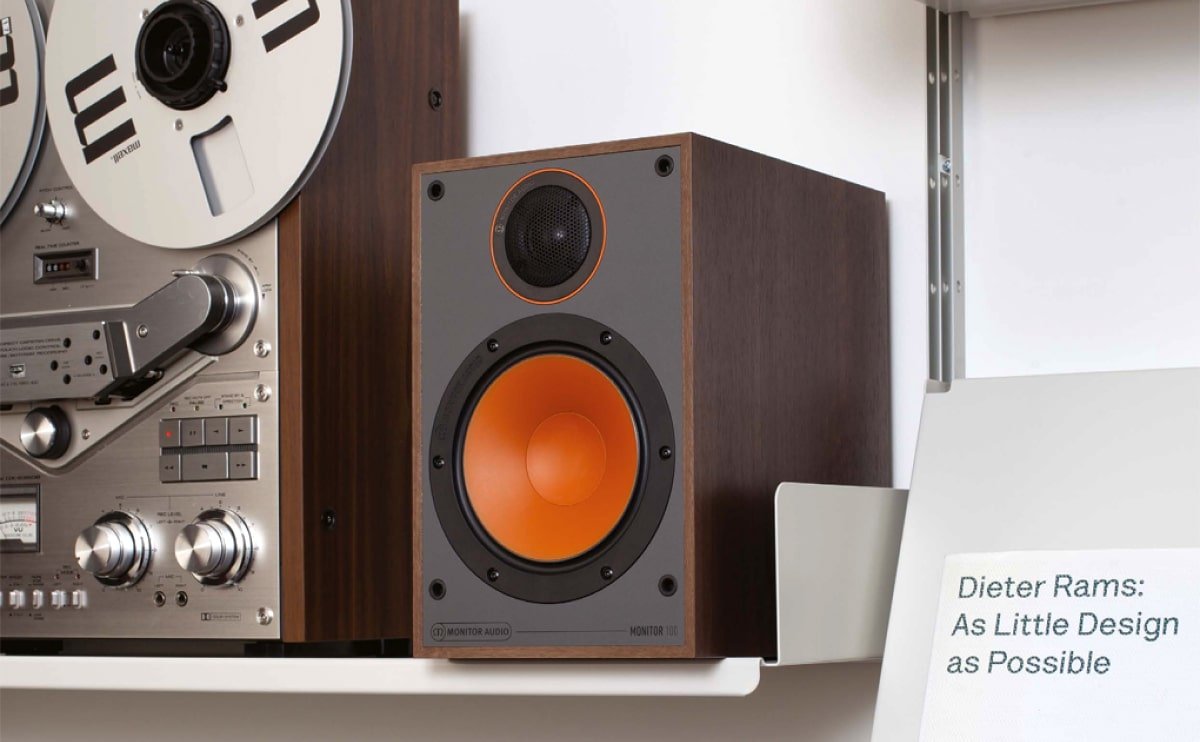 Speakers
Speakers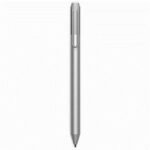 Surface Pen
Surface Pen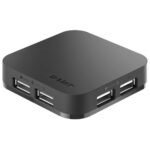 USB Hubs
USB Hubs Webcam
Webcam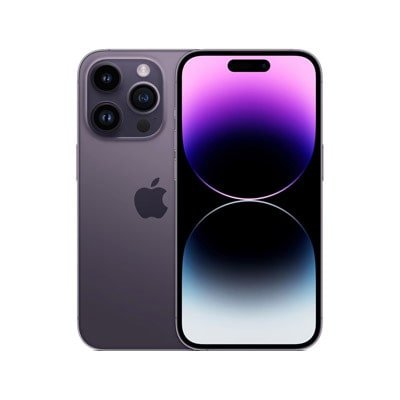 Mobile Accessories
Mobile Accessories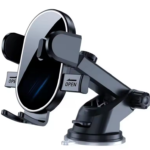 Car Mobile Holder
Car Mobile Holder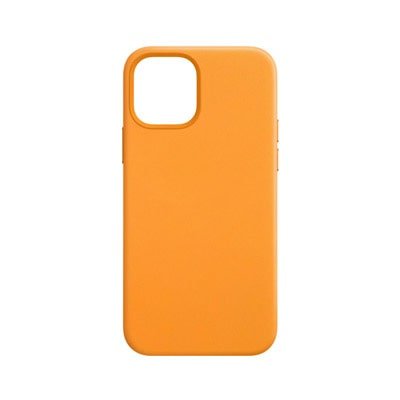 Mobile Case
Mobile Case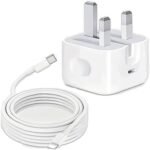 Mobile Chargers
Mobile Chargers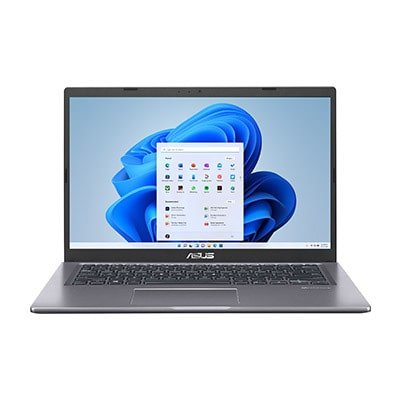 Business Laptops
Business Laptops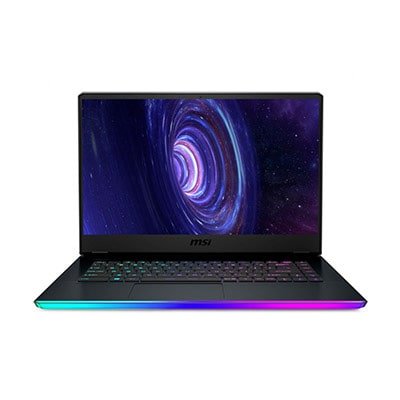 Gaming Laptops
Gaming Laptops Budget Laptops
Budget Laptops All in One
All in One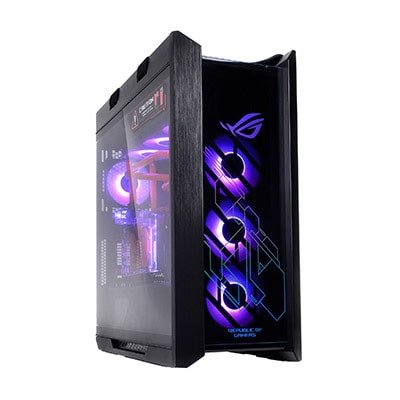 Gaming Desktop
Gaming Desktop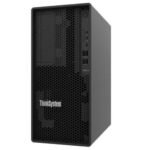 Workstation
Workstation 4K Monitor
4K Monitor Gaming Monitor
Gaming Monitor Access point
Access point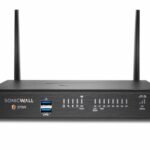 Firewalls
Firewalls Network Accessories
Network Accessories Network Cable
Network Cable Network Racks
Network Racks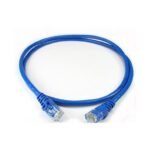 Patch Cables
Patch Cables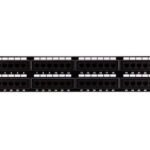 Patch Panel
Patch Panel Range Extender
Range Extender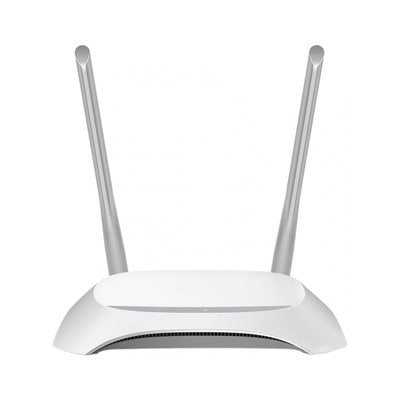 Router
Router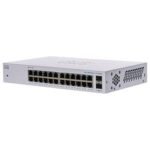 Switches
Switches VoIP
VoIP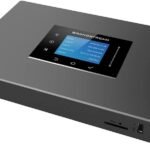 PABX
PABX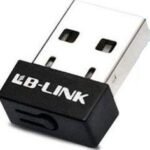 Wireless Adapters
Wireless Adapters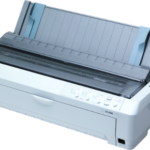 Dot Matrix Printer
Dot Matrix Printer Ink Tank Printer
Ink Tank Printer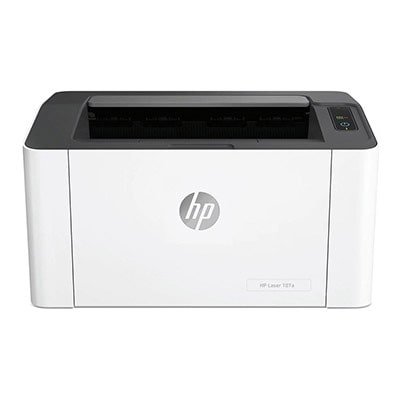 Laserjet Printer
Laserjet Printer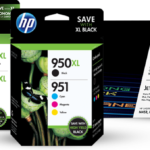 Toners and Cartridges
Toners and Cartridges CPU Cooler
CPU Cooler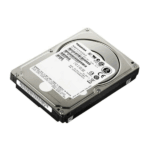 Hard Disk
Hard Disk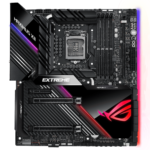 Motherboard
Motherboard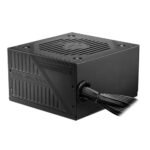 Power Supply
Power Supply Processors
Processors RAM
RAM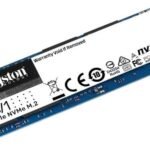 SSD
SSD